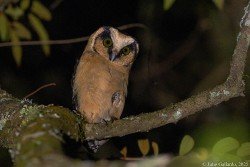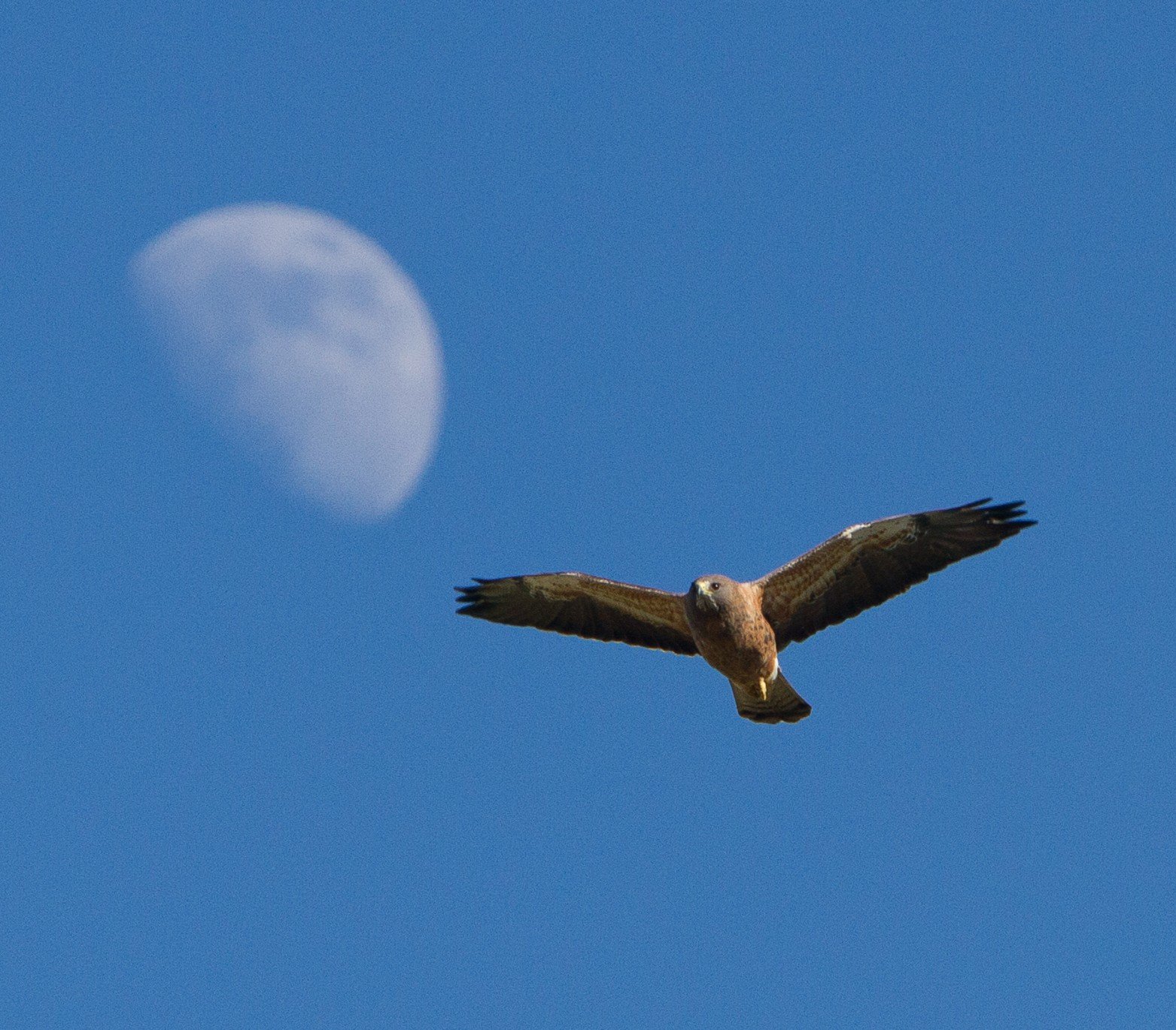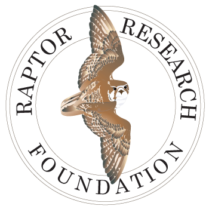Symposia
Symposia & Discussion Panels
DISCUSSION PANEL
Issues and Challenges to Raptor Conservation Related to U.S. Policy
(likely to be held on Saturday morning from 8:30 to 10:30)
There are global impacts to the conservation of raptors that are directly related to U.S. Foreign and Domestic policies and funding priorities. This ever-changing landscape creates fear, anxiety, and worry among all ages of raptor ecologists and conservationists. We are convening a panel of experts with experience in government, policy, academia, research funding, international cooperation, and conservation. Each panelist will provide a short 5-minute coordinated perspective on the most pressing issues facing our community in October 2025. Discussion of impacts, solutions, and cooperation will ensure that we continue to work for the conservation of raptors globally with a realistic view of short- and long-term goals.
Convenors: Rob Bierregaard (President Raptor Research Foundation); Richard Harness (Vice President Raptor Research Foundation); Prof. William Bowerman (University of Maryland)
SYMPOSIA

Juvenile Buff-fronted Owl (Aegolius harrisii) from Brazil.
Filling Knowledge Gaps on Understudied Neotropical Raptor Species
Organized by:
Marta Curti (The Peregrine Fund & The Neotropical Raptor Network)
The Neotropical Region is one of the most raptor-rich regions in the world, with approximately 180 species. Raptors throughout the region face a multitude of anthropogenic threats, including poisoning, loss of habitat, and poaching. Many of these threats are a direct result of human-raptor conflicts, particularly when raptors prey on domestic animals. Challenges for raptor conservation in the region include difficult access to study sites, lack of trained about the relative abundance and distribution of many Neotropical raptor species. Without sufficient data on the abundance of a species it is difficult to determine whether a species is experiencing a decline or it is just naturally rare. Basic information on the relative abundance and other factors affecting several Neotropical species would improve knowledge of their population status and help direct further conservation work, as needed. Basic life history parameters include breeding biology (nest type, clutch size, breeding season, behavior, and reproductive frequency) foraging ecology (diet, foraging, and feeding behavior), movements (dispersal and habitat requirements), and demography (natality, mortality, immigration and emigration). A lack of understanding of these parameters makes it difficult to provide effective solutions for the conservation of species that are naturally rare or whose populations have declined. Comprehensive life-history information for all species of Neotropical Raptors is essential for conservation success. This symposium focuses on recent work and plans to gather information on several poorly known raptor species in the region, with the aim of improving knowledge of their population status and guiding future conservation efforts.

Conservation Status of Old World Vultures —Monitoring, Management and Biology
Organized by:
Dr. Sonja Krüger (Ezemvelo KZN Wildlife, South Africa) & Dr. Mary Ann Ottinger (University of Houston, Houston TX).
Biodiversity loss is severely impacting ecosystem function and sustainability worldwide. Scavengers provide an important suite of ecosystem services by consuming carcasses and removing waste, resulting in reduced disease risk and nutrient recycling. Loss of obligate scavengers, such as vultures, has major ecological, social and economic consequences. Absence of vultures may also alter the community composition of scavengers and result in an increase of opportunistic species at carcasses such as feral dogs. Economically, increased risk of disease transmission at carcasses can translate to human health impacts. Avian scavengers are critically endangered, with old world vultures being one of the fastest declining groups of birds. Old world (Accipitridae) vultures have experienced large population declines worldwide from human related factors which have resulted in the loss of individuals and suitable breeding and foraging habitat. The Asian Vulture Crisis and the consequences of the loss of these obligate scavengers generated considerable concern and subsequent interest in vulture research in recent years, where some vulture populations sharply declined over the last few decades. Unlike the Asian Vulture Crisis, where the veterinary drug diclofenac was responsible for the collapse, there appear to be multiple drivers of the African Vulture Crisis, with the importance of each varying between species and region. This symposium will highlight progress in a range of conservation efforts in both Africa, Europe, and Asia, each of which focus on a specific aspect of saving old-world vultures. Speakers will address threats to vultures, monitoring programs, conservation management and species action plans, disease risk and optimizing the health of vultures, and the economic value of these scavengers.

Uncovering the hidden mysteries of island-endemic and continental Short-eared Owls
Organized by:
Dr. Marie-Sophie Garcia-Heras (Southern Illinois University - Carbondale)
The Short-eared Owl (Asio flammeus) is a globally distributed species present on all continents except Australia and Antarctica, with populations found in temperate, tropical, continental, and island systems, and often times, described as open-space specialist, associated with farmlands. To date, nine subspecies of Short-eared Owls are recognized worldwide of which around five are rare island/archipelago-endemics. Besides the more common nominate subspecies Asio flammeus flammeus from North America and Europe, research on Short-eared Owls remains scarce and little is still known about some basic ecological traits of the species in general. Furthermore, there is a growing concern about large population declines linked to increasing anthropogenic development and threats, to which are added the effects of climate change. However, the implementation of effective and suitable conservation actions for the species remains challenging as today there is a lack of clear estimates of the population sizes among the different sub-species of Asio flammeus. Technological developments, notably for the remote tracking of individual birds and for the capture of extensive data from citizen scientists have recently enabled studies looking at the movements and habitat use by Short-eared Owls, and the development of extensive monitoring programs. This symposium will highlight ongoing work on various Short-eared Owl sub-species, including island/archipelago endemics, on the topics of movement ecology and habitat use, breeding ecology and diet, health, genetics and taxonomy, and conservation. With this symposium, we aim to share knowledge, experiences, and develop collaborations among current and future researchers working with Short-eared Owls, and to discuss how conservation efforts and status could be oriented while putting in place more adequate and specific protection for the different subspecies across their distribution range.

Swainson’s Hawk Symposium: Linking the Hemispheres Through Science and Migration
Organized by:
Chris Vennum (New Mexico State University) & Clint Boal (Texas Tech University)
This symposium offers a timely opportunity to explore the ecology and conservation of the Swainson’s Hawk (Buteo swainsoni), a species whose migratory journey connects two continents. As these birds pass over Costa Rica during the days of our scientific gathering, we are reminded of the ecological links that bind the Americas—and the importance of international cooperation in studying and protecting wide-ranging species. With researchers from Argentina and across the United States, this gathering represents a rare opportunity to examine the species across its annual range—from nesting territories in the north to expansive wintering grounds in the south. It provides a platform to synthesize findings, identify shared challenges, and foster collaborative approaches to research and conservation. The studies presented in this symposium build toward a comprehensive understanding of Swainson’s Hawks across life stages. From nestling development and recruitment to the dynamics of nest density and habitat use, these studies reveal the factors shaping population structure and viability. Habitat selection and early-life movements emerge as key influences on reproductive success and survival, while patterns of dispersal connect breeding sites across landscapes and generations. Long-term monitoring on the South American wintering grounds adds a crucial dimension, illuminating how conditions during the non-breeding season influence survival and migratory connectivity. Viewed collectively, these insights deepen our understanding of a species whose ecology is defined by movement, scale, and intercontinental linkages.
